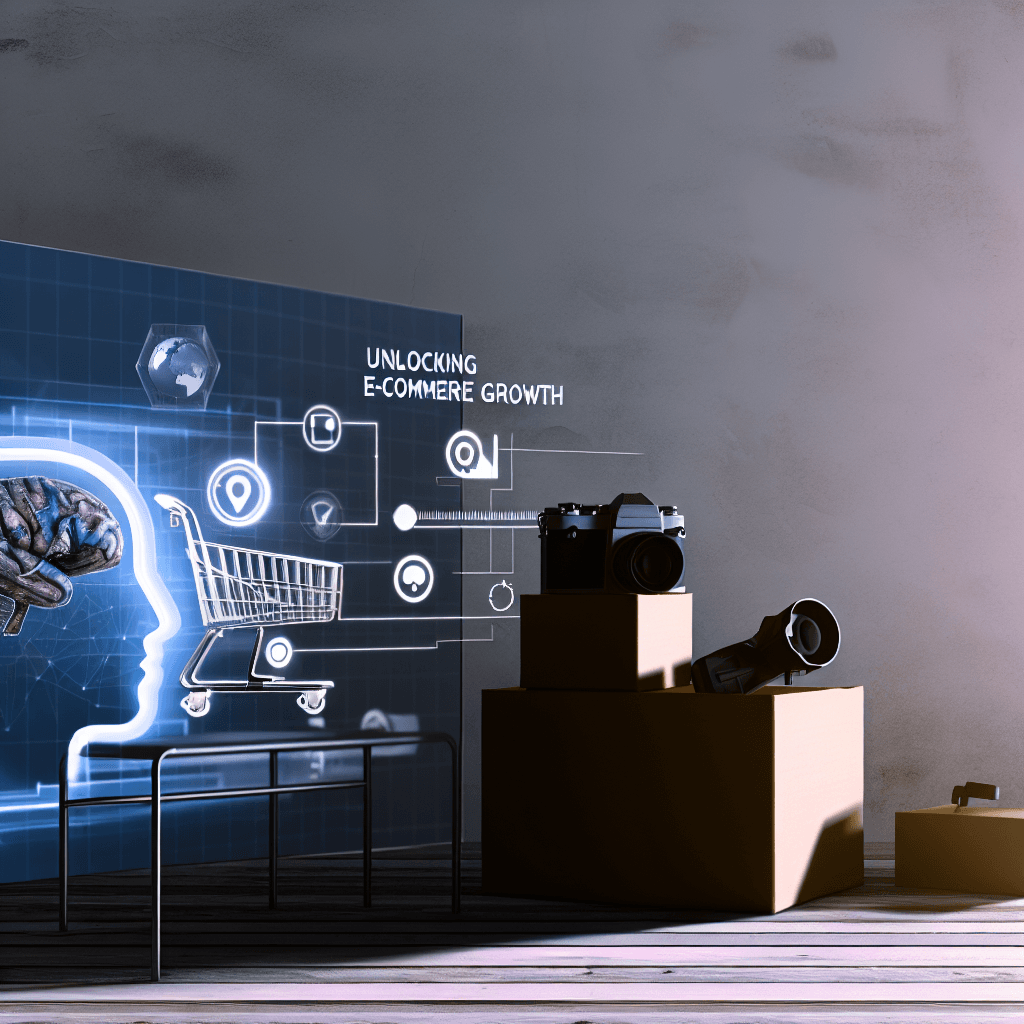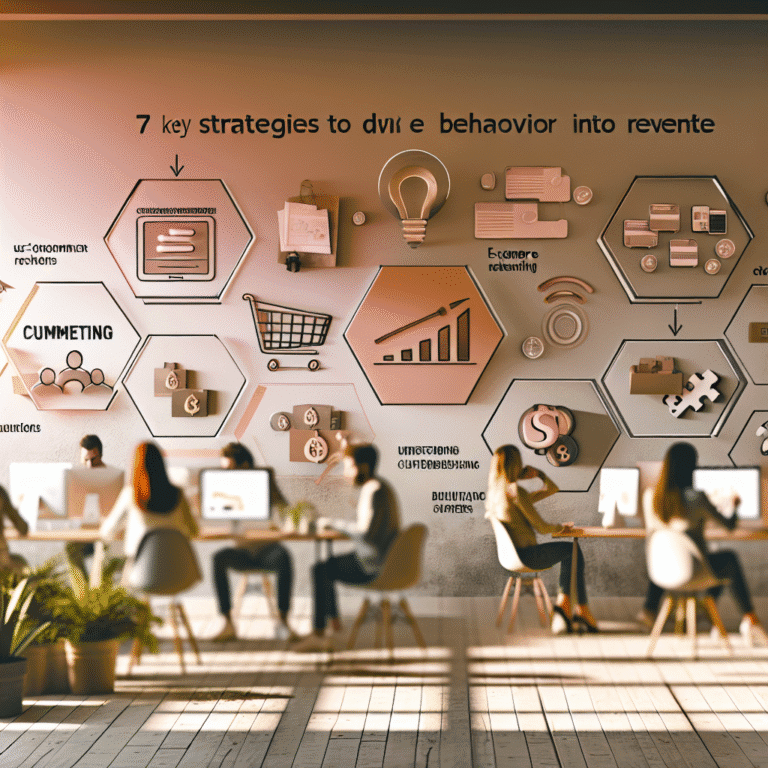E-commerce Growth with a Little Help from Psychology
You’ve polished those product descriptions, perfected your emails, and run every test the analytics team could dream of. Yet, the sales? They’re more tiptoe than tidal wave.
Here’s the thing. If you’re ignoring the human quirks behind cart abandonment, you’re missing a trick. Customers aren't robots—they're humans, often with short attention spans and even shorter patience.
That’s where a bit of behavioural psychology steps in. It’s like the secret ingredient you didn’t know you needed. It digs into the reasons folks abandon carts despite the allure of free shipping or a bargain.
Let’s look at what this means:
- “Only 3 left!” That’s not stock management; it’s making the fear of missing out work for you.
- When they see a fancy bundle for £89, suddenly the £59 option looks like a library book steal. This is anchoring at its finest.
- “2,000 bought this today” is social proof doing more than your ad budget can dream of.
Remember the confusion of too many options? A denim brand sliced its offerings from 44 to six bestsellers. Sales? Up by 36%. Sometimes less is more. Psychology nudges help your customers decide instead of disappearing.
Why Metrics Aren't the Whole Story
CRO tools tell you what happened. But not the why behind it. It’s like knowing your mate missed the train without understanding it was because they stopped for a coffee…
Consider this:
- Emotions get the first word. Logic arrives, coffee in hand, much later.
- Shoppers buy with their hearts, not just their heads.
- Using subtle psychology can reduce cart abandonment faster than moving buttons around.
Take Glowgorithm, a skincare brand. Their cart email used to say, “Still thinking it over?” Not very punchy. Changing it to, “Oops — your 10% savings are slipping away” led to a 34% jump in click-throughs. No design changes; just tweaking the emotional lever.
Ten Down-to-Earth Tips to Keep Carts Full
These are about understanding humans, plain and simple.
1. Scarcity
“Only 2 left” sparks urgency. We hate missing out.
2. Social Proof
Reviews over ad copy any day. Show customer stories, live purchases, badges.
3. Anchoring
Show the expensive version first. Makes the mid-tier option feel like a win.
4. Commitment & Consistency
If someone fills out a quiz, they’re already invested. They’re more likely to stick around.
5. Reciprocity
A small gift, like a sample or a genuine thank-you email, opens their wallets.
6. Loss Aversion
Highlight what they might lose — stock limits, expiring discounts.
7. Authority
Display endorsements. “Dietitian-approved” is like a green light for buying.
8. Cognitive Ease
Keep it simple. Easy choices, less confusion, means they stick with it.
9. Temporal Triggers
Focus on immediate benefits. “Wear this Friday” trumps “Delivery in 1–2 days.”
10. Personalisation
Use past behaviour to get personal. “Still thinking about the camel trench coat?” feels special.
These aren’t tech-heavy tweaks. They’re about crafting experiences that naturally reduce cart abandonment.
Proof It Works
A home fragrance brand added a simple line: “4 people bought this in the last hour.” Conversions? Up by 17%. They then suggested what others bought next in a follow-up. Repeat sales soared by 21%.
No discounting or drastic redesigns—just respectful nudges that treat customers like real people.
Start with These Three Changes
You don’t need to overhaul everything. Try these psychology-backed tweaks to see a real difference.
- Revamp a checkout email to include loss aversion (“Your discount goes in 2 hours”)
- Use anchoring when listing products (Fancy – Standard – Basic)
- Add personal touches on product pages (“Still considering this?”)
Keep track of your results not by guessing but by observing. Behaviour leaves clues. A little psychological insight eases the decision-making process.
It’s All About People
Behaviour precedes conversion. Address cart abandonment by crafting moments, not just websites. You’re designing environments where purchasing decisions happen—not doing a tweak here and there.
Growth means more than flashy sales pitches. It’s about getting what makes people tick. The successful brands? They design with behaviour in mind.
Next time you design a landing page, jot down a product description, or send a cart reminder, consider this—does it play to the whims of psychology?
Because the winners in e-commerce aren’t just selling products. They’re crafting experiences that fit naturally into the way people think.
Further Reading and Resources
- The Paradox of Choice – Barry Schwartz
- Influence – Robert B. Cialdini
- Thinking, Fast and Slow – Daniel Kahneman
- Baymard Institute – Cart Abandonment Statistics
- Nielsen Norman Group – Cognitive Load in UX
Use behavioural psychology as your trusty sidekick. Not to manipulate—just to make buying a bit more seamless and, dare I say, delightful.





